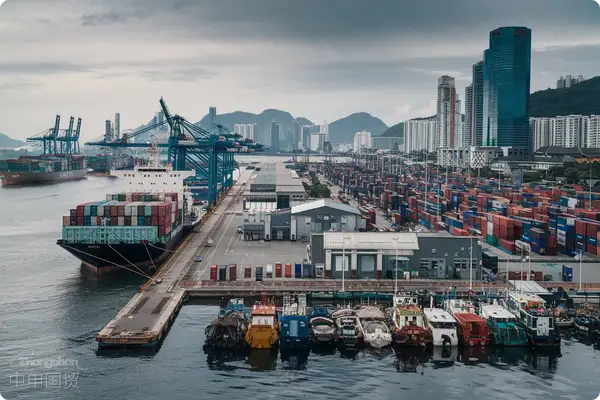- Shanghai Zhongshen International Trade Co., Ltd. - Two decades of trade agency expertise.
- Service Hotline: 139 1787 2118

New Trends in the Professional Audio Import Market in 2025
The global professional audio market is expected to exceed $15 billion in 2025, with European and American brands still occupying 65% of the market share. With the full implementation of the RCEP agreement, import tariffs in ASEAN member states have generally dropped to 3-5%. Notably, South Koreas newly implemented KCC certification regulations require all imported speaker equipment to bear electromagnetic compatibility labels.
Core Customs Clearance Process Breakdown
- HS Code confirmation
- Active speakers fall under HS code 8518.2200 (8% tariff)
- Amplifier equipment should be classified under HS code 8518.4000 (10% tariff)
- Document preparation checklist
- It is recommended to verify through the following methods:Books must include the manufacturers production address
- Technical parameter tables must indicate the decibel range
- EU CE certification requires an update to the 2025 standard
- Key inspection points
- Wooden packaging must provide fumigation certificates
- Lithium battery-powered equipment requires UN38.3 test reports
Agency Service Provider Screening Matrix
- Essential Qualifications
- AEO (Authorized Economic Operator) Advanced Certification
- Dangerous Goods Transport Operating License (for battery-equipped devices)
- Verification of service capabilities
- Major Port Customs Clearance Time Commitment Letter
- Tariff Guarantee Limit Proof Document
Key nodes of risk prevention and control
A March 2025 case study of a well-known audio brand showed that failure to update the Japanese PSE certification standards in time resulted in a full container of goods being detained at Osaka Port, incurring demurrage fees of $23,000. Enterprises are advised to focus on the following:
- The deviation between declared value and purchase contract must not exceed 5%
- Complete target market access certifications 60 days in advance
- Transport insurance should cover accidental damage during loading and unloading
Customs Clearance Strategies for Emerging Markets
- Middle East region
- Dubai Port requires the maximum sound pressure level of speakers not to exceed 110dB
- Saudi SASO certification has added energy efficiency level requirements
- African market
- Nigerias SONCAP certificate validity has been shortened to 3 months
- Kenya requires radiation safety test reports
Cost optimization path
Negotiating CIF terms can reduce transportation costs by 12-15%, and using ATA Carnet for temporary imports can save 50% of tariff deposits. A case study of an agency company showed that adopting a pre-classification ruling mechanism reduced the tariff for a mixing console from 10% to 5%, saving $80,000 in tariff expenses for a single batch.
Trend forecast for the next three years
- EU carbon tariffs will affect audio equipmentEquipment ImportsCustoms Clearance Stability
- Central America Free Trade Agreement may reduce tariffs on studio monitors
- Smart speakers imports require separate declaration of voice recognition modules
Related Recommendations
? 2025. All Rights Reserved. Shanghai ICP No. 2023007705-2  PSB Record: Shanghai No.31011502009912
PSB Record: Shanghai No.31011502009912










